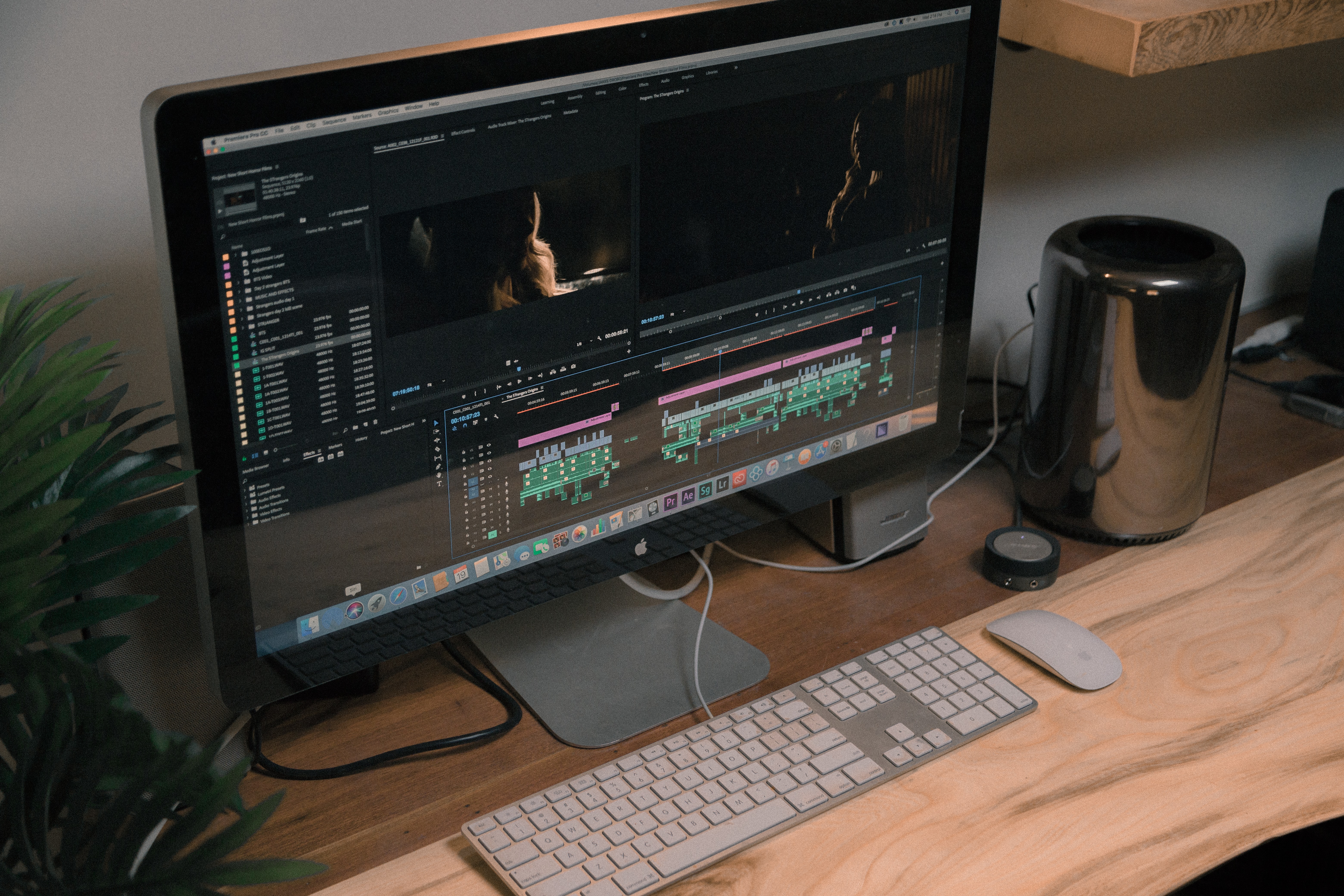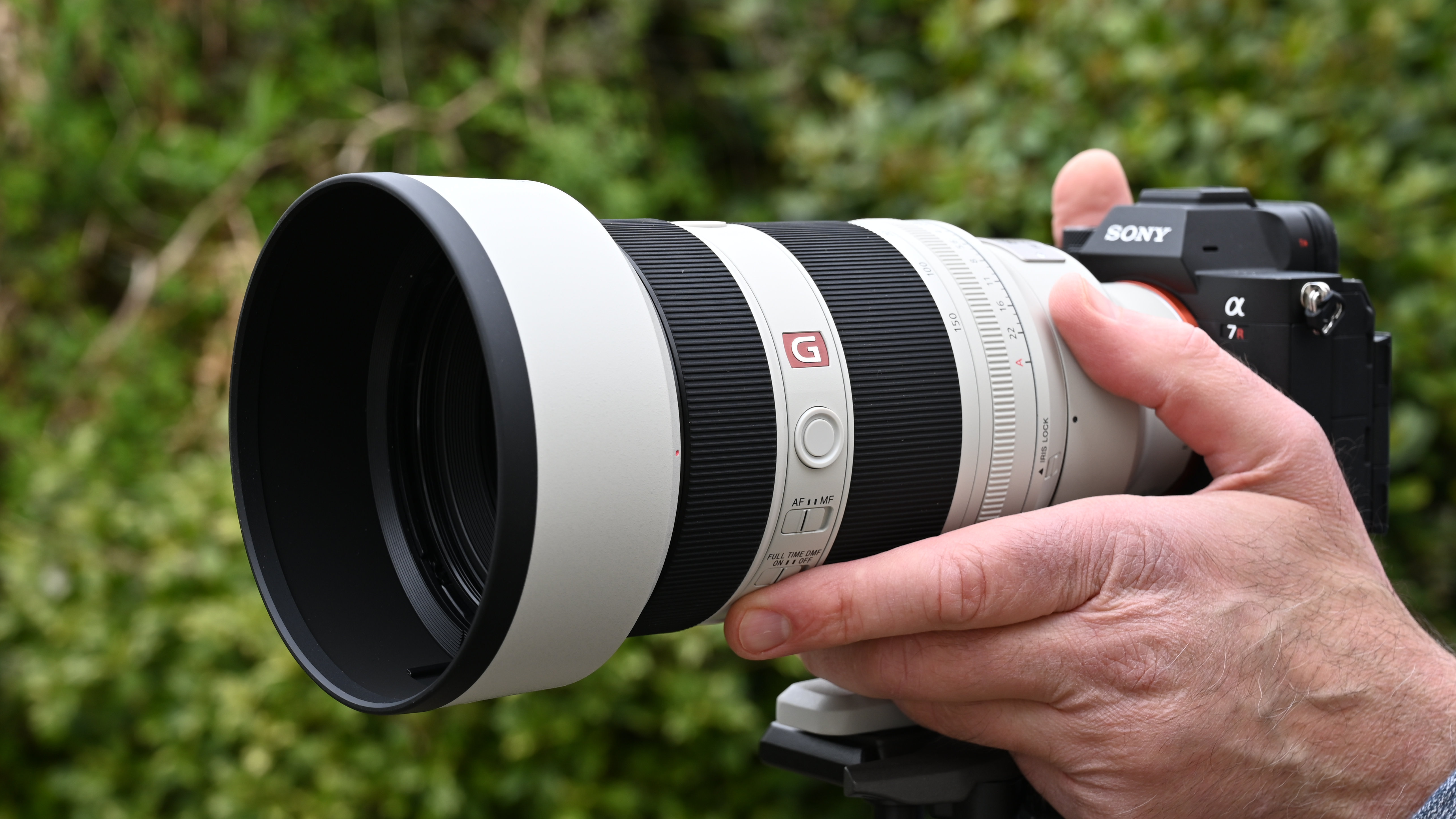How to make a short film: filming to editing
Here's a guide on how to make a short film with a modest budget – from pre-production to post-production
Magic is made in the editing room: Post-production
Now that you have all your footage and it’s backed up in two separate locations (trust me on this one), you can start editing. Step by step, you’ll see your footage transform into an entire film. It can be a slow process. Don’t try to rush it. A good edit takes a lot of time and is always worth it. To speed things up, you might want to invest in the best keyboards for video editing and the best laptops for video editing.
Editing – The Rough Cut – This is where you will want to find your best takes and put them all together. While doing it, you’ll want to sync your audio to each clip before cutting anything. Get the film, so what you want is on there. It will probably be a bloated, awkward mess — that’s okay; it’s a rough cut.
From here, you want to really slim that cut down. Enter all your scenes late, and leave them early. You’ll be amazed at how much you can cut from a film and improve it. Brevity is vital in your edit, and you’ll find that as you continue to go through it or show it to people, you’ll get better feedback the more efficiently it’s told.
Sounds and colors – Once you have a cut you like, this is the time to add music. It provides tone and can help build on the emotion in specific scenes. This is also where you’ll want to color grade your movie. Is your film bright and vibrant, almost surreal in its color palette? Or are the colors muted? One season of the TV Series Fargo took the color blue out of one entire season to ensure it looked different than anything else before it.

Final Cut – Once you have your scenes appropriately cut down, your music and sound effects in place, and your colors adding to your tone, have someone watch it with fresh eyes. Does the film affect them the way you’d hoped? Do they see anything you might have missed? Do they have questions or concerns? Be sure to get extra eyes on it. It’s always someone who’s never seen it before, who will find a flaw hiding right before your eyes.
Once you’ve shown it to a few people, and are getting the feedback you were looking for, give the film one last viewing. How does it look? How does it sound? Is it ready to be sent to festivals or uploaded to Youtube? Trust your gut, and trust your collaborators on this one.
It’s more possible than ever to make a short film in your home. There are a lot of creative solutions to all aspects of filmmaking, and it’s never been easier to record and edit a movie within a small budget. If you’re brimming with aspirations, nothing is holding you back.
Get the Digital Camera World Newsletter
The best camera deals, reviews, product advice, and unmissable photography news, direct to your inbox!
Originally posted in Porch.com

Lauren is a writer, reviewer, and photographer with ten years of experience in the camera industry. She's the former Managing Editor of Digital Camera World, and previously served as Editor of Digital Photographer magazine, Technique editor for PhotoPlus: The Canon Magazine, and Deputy Editor of our sister publication, Digital Camera Magazine. An experienced journalist and freelance photographer, Lauren also has bylines at Tech Radar, Space.com, Canon Europe, PCGamesN, T3, Stuff, and British Airways' in-flight magazine. When she's not testing gear for DCW, she's probably in the kitchen testing yet another new curry recipe or walking in the Cotswolds with her Flat-coated Retriever.
